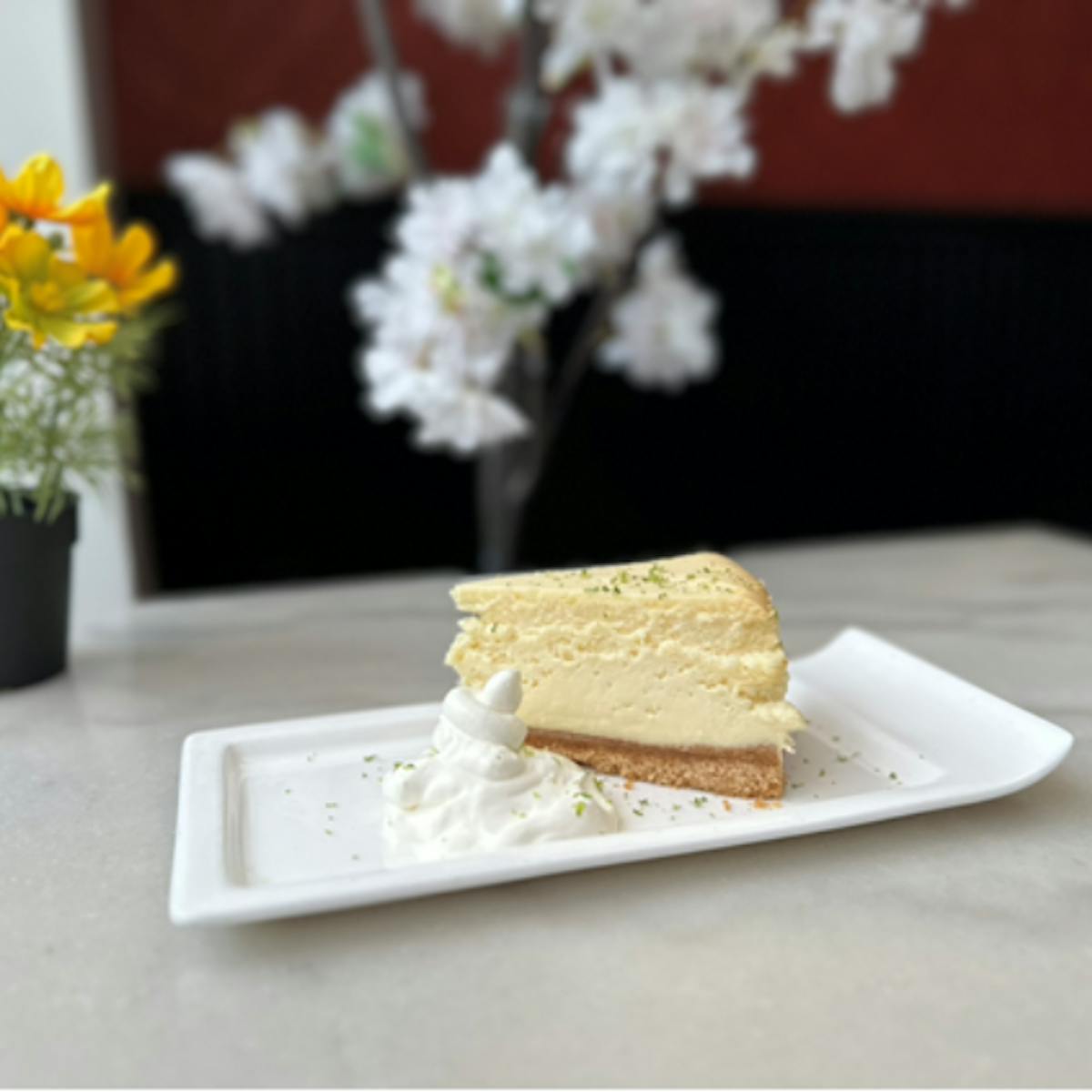A Brief History of Cheesecake: From Ancient Greece to Modern Confection

Cheesecake, a beloved dessert worldwide, has a fascinating history that extends over thousands of years. The first recorded evidence of a cheesecake-like dessert dates to ancient Greece, where it was made with simple ingredients such as cheese, wheat, and honey. The Greek physician Aegimus even wrote a book on the art of making cheesecakes in the 5th century AD.
The Romans, after conquering Greece, adapted the recipe to create a dessert like our modern cheesecake, adding crushed cheese and eggs. This recipe was then disseminated throughout Europe as the Roman Empire expanded. European variations of cheesecake emerged, reflecting the distinct dairy products and cooking styles of each region. With time, an even wider array of variations and flavors have evolved everywhere from Italy to France to Japan.
The cheesecake that most people are familiar with today - the smooth, rich dessert with a crumbly crust - is an American innovation. In the late 19th century, William Lawrence, a New York dairyman, accidentally invented cream cheese while attempting to recreate the French cheese Neufchâtel. This rich, creamy cheese gave birth to New York-style cheesecake. Unlike its European counterparts, it uses cream cheese for its filling and is served atop a crust made of crushed graham crackers.
The history of cheesecake mirrors the cultural exchange and development of civilizations. It stands as a testament to human innovation, symbolizing our ability to adapt and refine to meet ever-changing tastes.
Want to try the Greatest Cheesecake in the DMV and Beyond? You can find it right here at Cheesetique.
